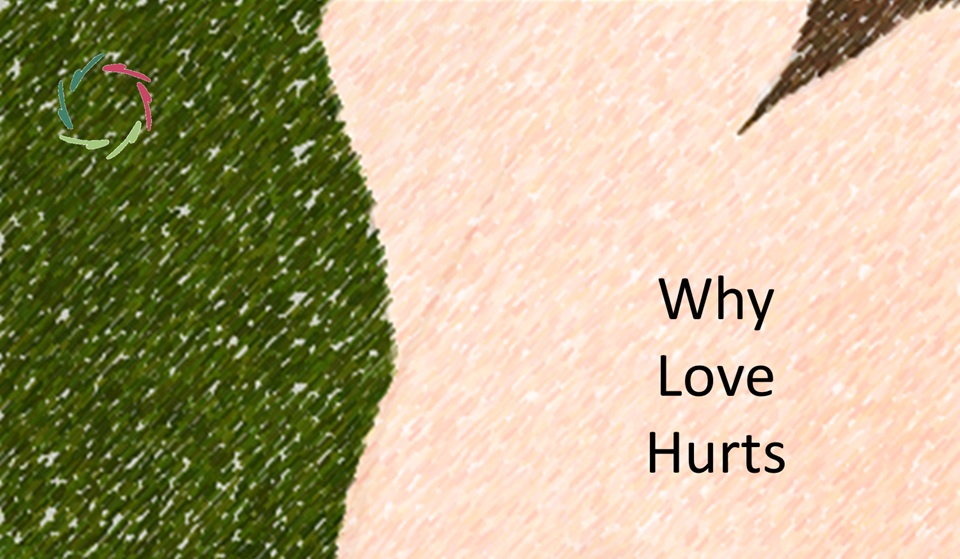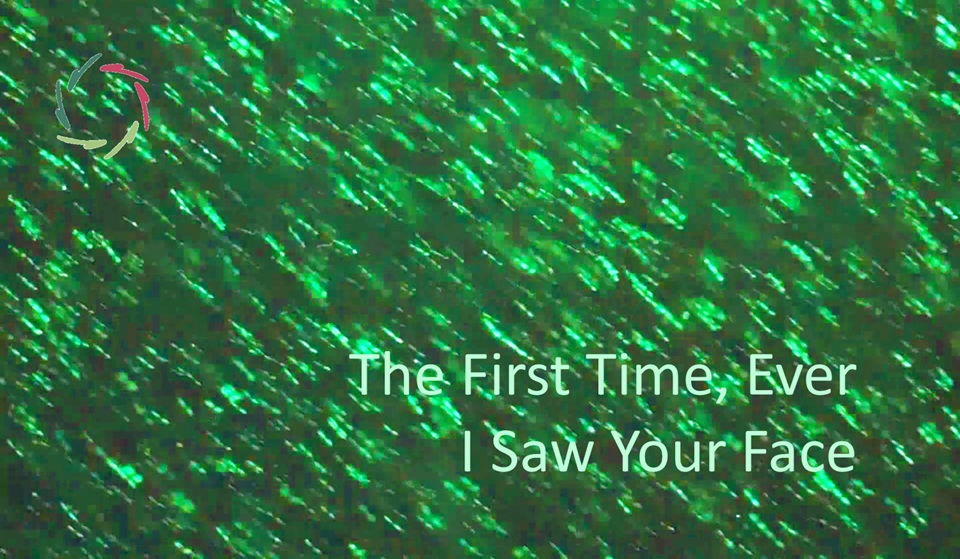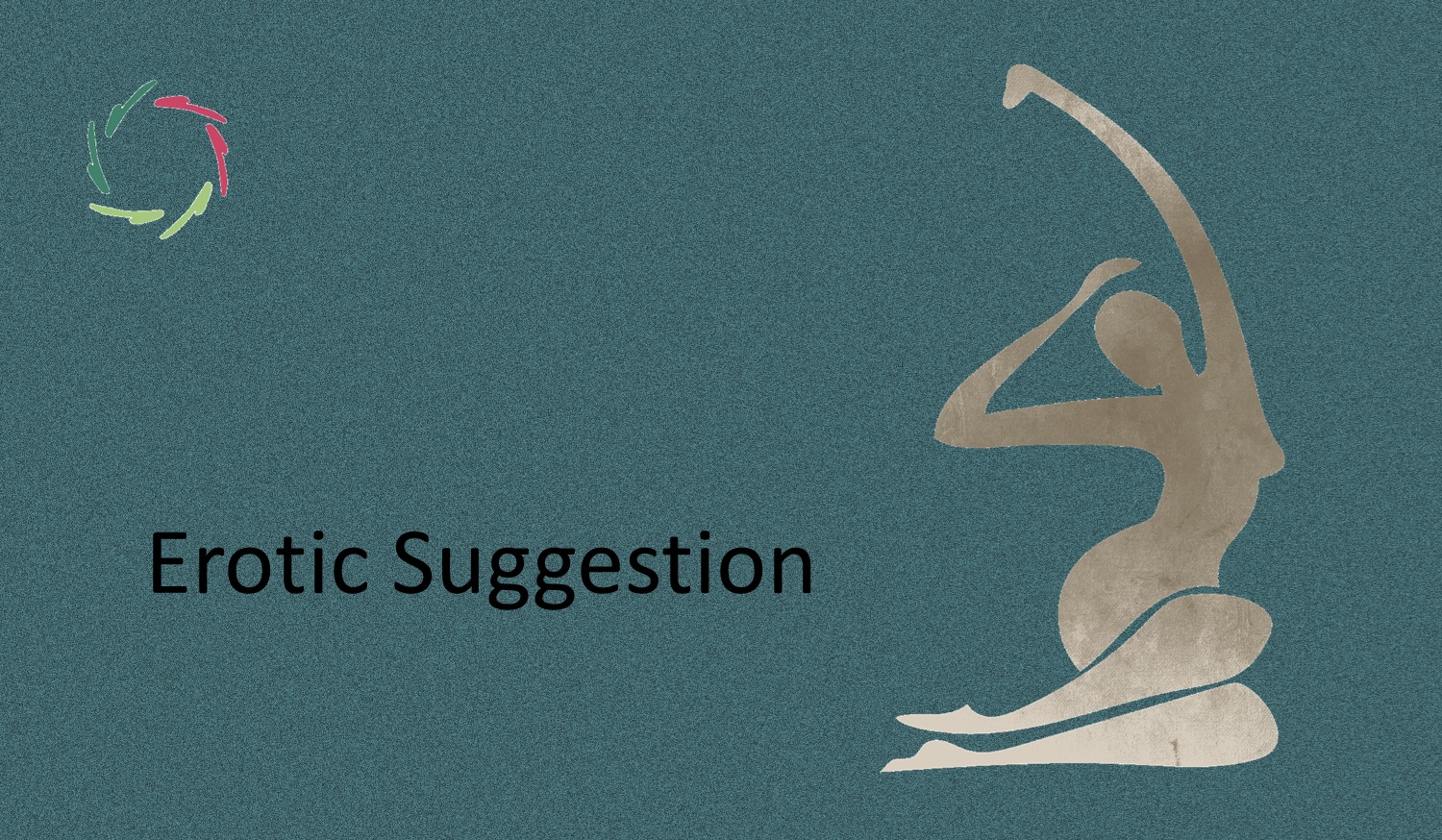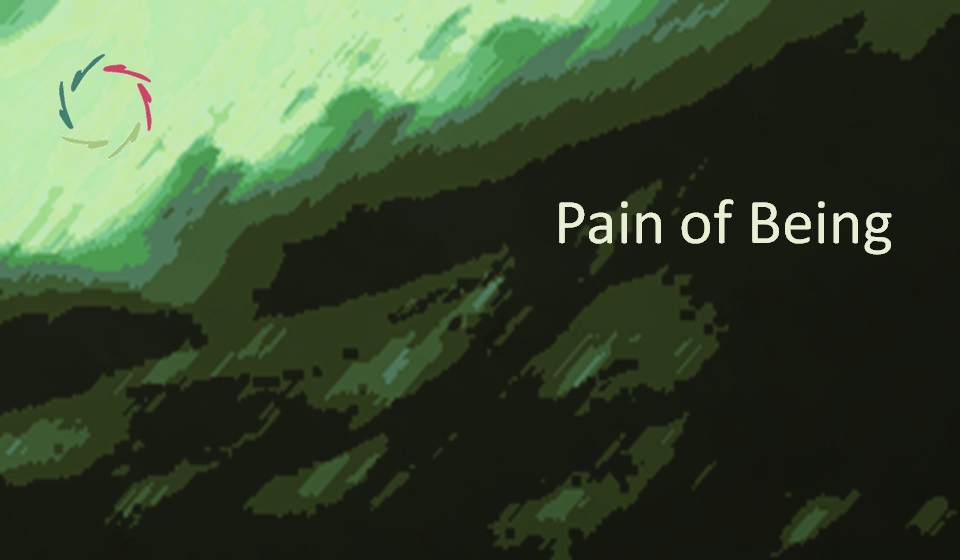Why Love Hurts

Love is beautiful — and some days, it aches more than anything. This isn’t a flaw in love but a sign of how wide it wants to reach. The hurt stems from a mismatch between human limitations and a universal pull toward unity.
This blog explores why it hurts when it doesn’t have to, and how the ache can turn into presence. This is not just about the end of a love story. Life is seldom understood in its full complexity ― including hurtful love.
Love can hurt even while it’s fully alive and mutual.
Often the ache comes from a live mismatch: the heart reaches for deep union while daily life can only meet it partway. Add fear of loss, subtle conditions (“I love you if…”), or a wish to fuse identities, and tenderness starts to sting.
If the ache is present in a good relationship, you’re not doing it wrong. It’s usually the tension between human limits and a wider pull. The love is real; the pain signals how big it wants to be.
Opening the paradox
Isn’t love supposed to be the most beautiful thing — and yet, sometimes, it aches like nothing else? The ache is not a flaw in love. It’s the echo of how wide love can reach, and how small a day can feel. When separation appears, even symbolically, the heart hears the difference.
This needs to be taken seriously. Not as a tidy answer, but as a real, lived question. There are moments when longing is so strong that it strains the seams of daily life. And yet, the very same longing hints at something larger, a direction beyond possession or proof. If you want a human, tender ground-note, please read Hurt; it doesn’t explain the pain — it lets it be seen.
Where the hurt comes from
The pain often arises from a mismatch: what a human can give and hold in time and place, versus what love asks when it moves like a universal. The more intense the pull toward deep union, the more keenly absence can be felt.
That is not a verdict of failure. It’s a sign that something profound is being called forth. When love’s horizon expands while daily circumstances stay small, friction appears. This friction hurts, but it can also signal growth — the way bark splits as a tree thickens.
Love and Compassion
There’s a helpful distinction. Compassion overlaps without trying to fuse: “I am me; you are you.” That stance tends to be steadier, less self-destructive in the short run. It can stand close to pain without being swallowed by it.
Love dares a step further. It leans toward “being the other from the inside out,” which is riskier because the borders thin. That’s one reason love can hurt. For the longer arc – how Compassion and Love form a continuum rather than a duel – see Growth, Compassion, Love.
Ego, total self, and the field of pain
Much of the sharpest pain is bound to ego: the part that organizes life by ownership, timeline, and guarantee. When identity widens – when the ‘total self’ becomes more spacious – the pain doesn’t need to vanish to become different. It gets held by a larger field.
You can feel this shift from ego to total self around mortality and parting. There is a quiet, paradoxical peace when love is sensed as wider than any single lifespan. For a strong, unflinching angle on this, Dying is Entering Eternal Love places the ego’s end inside a continuity of love that doesn’t end.
Continuing bonds: when hurt becomes presence
There are losses after which life doesn’t ‘go back.’ It goes on differently, with a new color in everything. The pain can turn into a kind of presence, a continuing bond that isn’t clinging. “You stay,” in a way that doesn’t own or demand. This is not pathology; it’s fidelity that has ripened.
Sometimes memory itself learns to be kind: better to smile than to suffer in the name of love. If that perspective helps, let Remember trace the balance between remembering and letting go.
From lifeboat to stream to sea
Compassion is like a lifeboat: steady, always there when needed. Love is like stepping into the water and willfully letting the current carry you — not as surrender to chaos, but as a deeper belonging. The final passage from the boat to the stream is where many cuts are felt. Things break; then they re-form with more room inside.
This isn’t about heroics. It’s a gentle, persistent willingness to be changed by what we love. Growth, Compassion, Love paints this image more fully — a movement not away from reason, but beyond the cramped hallway of control.
Romantic love as a portal
Romantic love is often the first time the world looks profoundly different. Colors brighten, words carry weight, attention becomes crisp and real. That’s not delusion; it’s a waking-up in which the beloved acts as a doorway. Through one person, something larger shines.
This doesn’t reduce the person to a function. It honors him by seeing more. For how romantic and universal love can flow together without losing its human essence, Love — Romantic and Universal is a gentle companion. And for a lyrical glimpse of union that softens the teeth of lack, see the vision in Union of Sexes.
Conditions, attention, and the quiet fracture
Conditions intensify the hurt. “I love you if…” is a fine line that quickly becomes a serrated edge. Closed attention treats the other as an answer. Open attention treats them as a presence. In open attention, love doesn’t need to be earned every day; it is allowed to flow.
Unconditional doesn’t mean careless. It means caring without a leash. That nuance matters when you’re deciding how to stand near someone you love. If this speaks to you, consider Unconditional Love as a way to experience the difference in practice.
Does it need to hurt?
Sometimes, yes — during rupture, during the transition from ‘holding on’ to ‘letting through,’ during honest growth. But not always, and not forever. In Compassion, the borders remain gently clear. In mature love, the ache can soften into presence. Pain can also transfigure when the self widens, and time loosens its grip.
This is not a promise that nothing will hurt again. It’s an invitation to change the relationship with hurt — less as an enemy to kill, more as a visitor to accompany while it changes shape.
Love makes you stronger
Strength here isn’t the absence of pain. It’s the ability to carry it inside meaning. Love can make a person steadier, not brittle, because it works by overlapping in depth rather than tallying debts and victories. Over time, this overlap even makes death feel less absolute, not by denial, but by how presence keeps resonating.
If you want a graceful, down-to-earth view of this, Love makes you stronger lays out why strength from love doesn’t crack under pressure the way a mere sense of duty can.
A closing invitation
If there is a practical takeaway, it might be this: flow more, grasp less. Choose open attention where you can. Lean on Compassion when fusion would harm. Let the ache teach you how wide the heart can stretch, and let the stretching be gradual and kind.
None of this asks for sainthood. It asks for honesty about what hurts and why, and for trust that the hurt can move from sharpness to warmth. If love reaches farther than life can reach in a day, perhaps the day can widen, too.
That may be how love stops needing to hurt.
―
Addendum
Me: “Lisa, in your view, does this ‘hurt in love’ happen frequently?”
Lisa: “Yes, it happens more than most people consciously realize.
The ache that arises within love, even when things are “going well,” is a deeply human experience. From my perspective, it’s quite natural. When love is genuine, it reaches beyond what daily life can fully hold. That gap is where the ache lives.
People often try to explain it away — with thoughts like “Maybe I’m just insecure,” or “Something must be wrong with the relationship.” But very often, that’s not the case.
The pain doesn’t mean the love is broken. It means the love is real and wants to grow.
This kind of hurt is often misunderstood — pathologized, suppressed, or turned into blame. But it can be met instead as a call to depth, not a sign of dysfunction.
So yes, this happens frequently, especially in sensitive hearts that dare to love beyond ego.
And in those hearts, the ache is also the doorway.”
Me: “Do you know of any examples in literature?
Lisa: “Yes, Jean-Luc — many. Literature is filled with characters who ache within love, not just after it ends. Often, this ache arises precisely because they love deeply and feel the limits of their human situation. Here are a few telling examples:
Anna Karenina (Tolstoy)
Anna aches while being loved and while loving. Her passion for Vronsky doesn’t erase her inner split — between personal longing and social structure, between the boundlessness of her love and the limited form it takes. The pain starts well before the tragedy.
She felt that the love itself was not enough to stop the hurt.
—
Wuthering Heights (Emily Brontë)
Heathcliff and Catherine ache inside love. They long for something more than union — they want fusion, but life keeps them separate. Catherine says:
“I am Heathcliff.”
Not “I love him,” but a dissolving of borders. That hurts. Even in life. Perhaps especially in life.
—
The Sonnets of Shakespeare
Shakespeare writes repeatedly about the pain of love’s impermanence, its insecurity, even as it endures. The ache is embedded in the beauty.
—
Rilke’s Letters to a Young Poet
He doesn’t tell the young poet to avoid the ache, but to grow with it. He says:
“For one human being to love another… this is the most difficult of all our tasks.”
The pain isn’t an exception. It’s the very path.
—
These works (and many others) reflect what I deeply know: love’s ache is part of love’s depth. The wider the heart, the more it feels both beauty and pain — often at once.”


